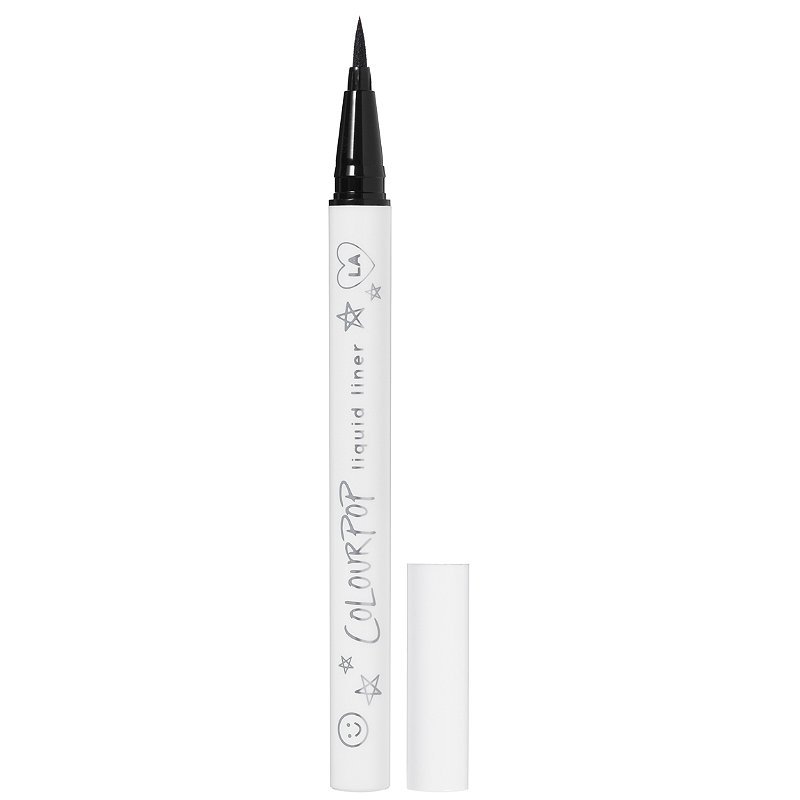
The cold days of winter are ahead of us. It won’t take long before the seasons completely change. This is when you should prepare your house and yard for the upcoming winter and help them wait for the spring looking their best.
Here are some ways you can prepare your home and its surroundings for the colder weather.
Check the Heating and Air Conditioning Systems
Most of the modern heating systems are created to last between 12 and 15 years. But, with proper care and maintenance, you can bump that number up to a hefty two decades or even more.
The least you can do by yourself is to change the filters. The best course of action would be to find a reliable HVAC (heating, ventilation, and air conditioning) contractor and inspect the systems’ state. Better yet, arrange an annual maintenance agreement.
It’s much better to discover a heating problem in the moderate temperatures of the fall season than it is to find your furnace doesn’t work on a freezing winter day.
If You Can, Reverse the Ceiling Fans
If your ceiling fan has a reverse switch, use it to run the fan’s blades in a clockwise direction after you turn on your heat. This way, the fan will produce an updraft and push heated air from the ceiling down into the room.
This is incredibly helpful in rooms with high ceilings – and it might even allow you to turn down your thermostat by a few degrees for more significant energy savings.
Prepare Your Doors and Windows
Before the winter strikes, you should do the following:
- Check all the weatherstripping around windows and doorframes for leaks to prevent heat loss, and replace it, where necessary.
- Replace all screen doors with storm doors. The same goes for window screens.
- Repair or replace the wooden window frames that show signs of rot or decay
- Check windows for cracks, broken glass, or gaps.
Check Your Drainage
Saturated soil around the foundation of your house can create real problems as it freezes and thaws throughout the winter months.
To avoid this, make sure the soil around your foundation hasn’t settled, creating areas for water to pool at your foundation. If you find a low spot, simply fill it in with some soil.
Go around and check your rain gutter downspouts as well. Make sure water is getting moved away from home. Add downspout extenders if necessary. Cleaning the gutters and making sure they can’t overflow is one more thing that can help you avoid any substantial damage to your house during snowfall.
Store Away the Summer Stuff
To put it mildly, this summer hasn’t been the same as the ones before it. If you are anything like me, this is the summer when you took on more projects than humanly possible to try and take your mind away from the pandemic and the state of the world in general. If so, odds are more things are clogging up your yard than ever before.
There is a solution to these problems that will leave you with space to turn into a home office, a gym, or another room in your house when this is all over – invest in a small log cabin.
Log cabins are relatively easy to maintain. You don’t even need a building permit for small log cabins. On top of it all, they add extra value to your property if you ever choose to sell it. Or, you could simply rent it and earn some extra income.
Look After Your Tools and Equipment
Bring all seasonal tools inside and cover them with a coating of lightweight oil to prevent rust. Get your lawn mower ready for the winter by cleaning off mud, leaves, grass, and debris.
If you have one, get your snowblower ready to take its place by changing the oil and replacing the spark plug. While you are at it, move the snow shovel to the front of the garage or shed for easy access.

Finally, ensure that you have an ample supply of ice melt or sand on hand for steps, walkways, and driveways. Inspect snow shovels to make sure they’re ready for another season of work, and sharpen your ice scraper if you have one.
Make It Hard for Pests to Get into Your Attic
When it gets cold, your attic is the perfect winter home for squirrels and birds. They can cause a lot of damage and potentially some health problems.
Have the trees around the house trimmed so the animals can’t quickly and easily get into the attic. Make sure your gable vents are intact. It’s a good idea to tack a screen up behind your gable vent just in case.
Finally, take a stroll around your home and take a close look at your soffit and fascia. Make sure there are no holes that would allow birds to get in.
Taking these simple steps will ease your mind that your house is ready to keep you warm this winter season.
If you have a garden to prepare for the winter season, take note of these tips.
Let’s Have a Conversation:
How do you usually prepare your house for the winter months? Have you done the necessary maintenance this year? Which of the above did you forget to do? What else is on your list? Please share with our community and let’s be prepared together!





